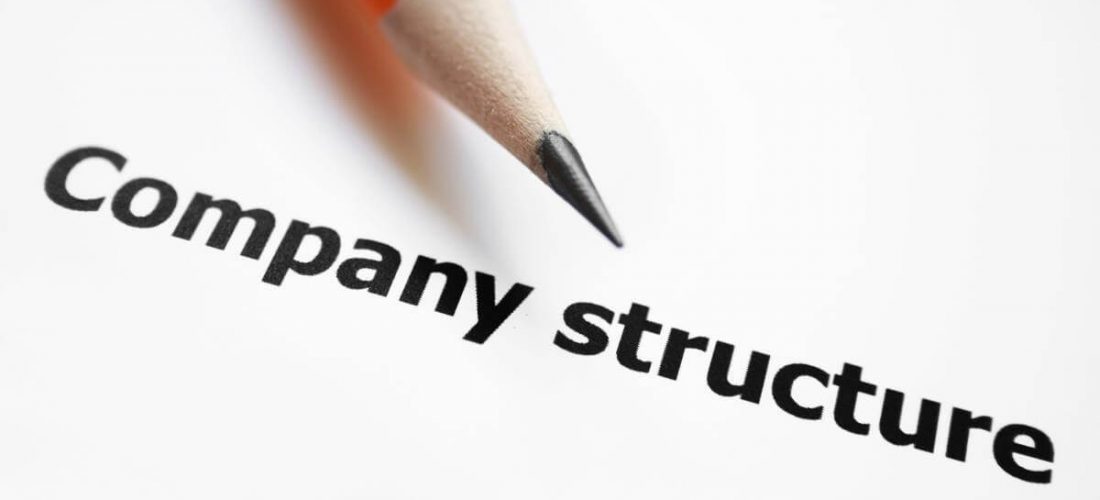Discovering the Operational Characteristics of Company Redundancy and Its Long-Term Sustainability

Redundancy Techniques for Business Connection
In order to make sure undisturbed operations, services have to execute reliable redundancy methods for organization continuity. Redundancy in this context refers to the replication of essential components or functions within a system to alleviate the influence of potential failings. By incorporating redundancy methods, companies can boost their resilience against disturbances triggered by various elements such as all-natural disasters, equipment failures, or cyber-attacks.
One common redundancy strategy is the application of backup systems and data storage space remedies. This includes producing matches of essential data and systems that can be activated in situation of a key system failing. In addition, companies can develop redundant communication channels and source of power to keep connectivity and operations during unexpected events.
Moreover, cross-training workers to do several functions within the business can work as an important redundancy technique. If vital employees are not available due to health problem or other reasons, this guarantees that important jobs can still be lugged out also. In general, effective redundancy approaches are essential for businesses to promote functional continuity and decrease the effect of potential disruptions.
Effect of Redundancy on Organizational Durability
Provided the critical function redundancy approaches play in guaranteeing business continuity, checking out the effect of redundancy on business resilience becomes vital for recognizing the all natural operational dynamics of a company. Redundancy, when strategically carried out, can substantially add to boosting an organization's strength in the face of unanticipated challenges.
In addition, redundancy can cultivate technology and creative thinking within a company as workers feel encouraged to take computed dangers, understanding that there is a safety web to support them in case of failing. Generally, the effect of redundancy on business durability is profound, shaping the long-term sustainability and success of a firm.
Stabilizing Efficiency and Flexibility in Redundancy
Achieving an unified equilibrium in between operational performance and flexible flexibility is a pivotal obstacle in the strategic deployment of redundancy within companies. Efficient procedures are vital for keeping performance and cost-effectiveness, making certain that resources are made use of optimally. Nonetheless, too much emphasis on effectiveness alone can lead to rigidness, making it challenging for organizations to adapt to unpredicted changes or obstacles. On the other hand, adaptability allows organizations to respond view it nimbly to evolving scenarios, fostering advancement and strength. Yet, too much versatility without a strong functional structure can lead to inefficiencies and incongruity.
To stabilize performance and versatility in redundancy planning, companies need to carefully analyze their functional needs, market characteristics, and calculated goals. Ultimately, locating the best equilibrium between effectiveness and flexibility is crucial for constructing a resistant and sustainable organization in the face of unpredictability.
Long-Term Sustainability Through Redundancy Planning
To guarantee long-lasting feasibility and stability, companies have to tactically straighten their redundancy planning with lasting sustainability goals, therefore integrating operational effectiveness with flexible versatility. Lasting sustainability with redundancy preparation involves even more than just short-term cost-cutting measures. It needs a comprehensive calculated approach that expects future challenges and possibilities. Companies ought to watch redundancy not as a reactive option to immediate issues yet as a proactive approach for long-term success. By integrating redundancy preparation with sustainability purposes, organizations can develop a resilient framework that can withstand different market changes and inner modifications.

Aggressive Actions for Sustainable Firm Procedures
How can firms proactively improve their functional sustainability for long-term go to this web-site success? Executing aggressive actions is crucial for firms aiming to guarantee lasting procedures. One crucial technique is to buy modern technology and development to enhance procedures, minimize waste, and remain competitive on the market. Taking on sustainable techniques such as reducing energy consumption, lessening carbon impact, and maximizing source use can not only profit the atmosphere however likewise bring about set you back savings in the long run.
Moreover, fostering a society of continual renovation and understanding within the company can improve adaptability to changing market conditions and consumer needs. Urging employee involvement in decision-making procedures and giving chances for specialist growth can boost spirits, performance, and general performance. Developing clear objectives, keeping track of key efficiency signs, and consistently assessing development are essential components of positive sustainability monitoring.
Working together with providers, customers, and various other stakeholders to promote lasting practices throughout the supply chain can develop a causal sequence of favorable effect - redundancy pay if company goes bust. By taking proactive actions towards functional sustainability, business can construct durability, drive development, and safeguard their long-lasting success in an ever-evolving company landscape
Verdict

In the realm of business administration, the strategic release of business redundancy stands as a critical yet detailed method that necessitates a fragile balance between operational efficiency and lasting feasibility. By exploring the operational characteristics that underpin business redundancy and examining its more comprehensive effects for business strength and adaptability, a nuanced understanding of just how redundancy techniques can form the future trajectory of a business begins to unfold.Provided the vital role redundancy approaches play in guaranteeing service connection, exploring the effect of redundancy on business resilience ends up being check important for recognizing the all natural functional characteristics of a company. Generally, the effect of redundancy on organizational strength is extensive, forming the long-term sustainability and success of a firm.
In final thought, understanding the operational dynamics of firm redundancy is essential for guaranteeing long-term sustainability.
Comments on “Who Pays Redundancy Money? Comprehending Employer Responsibilities in the UK”